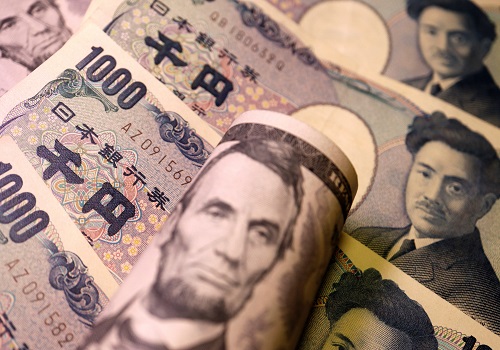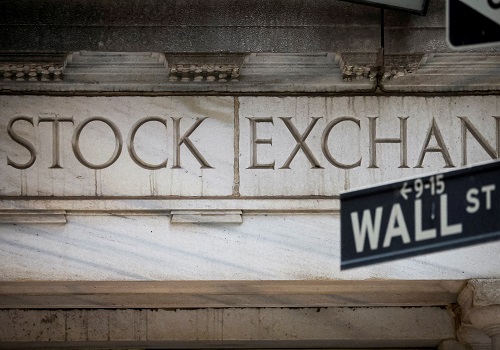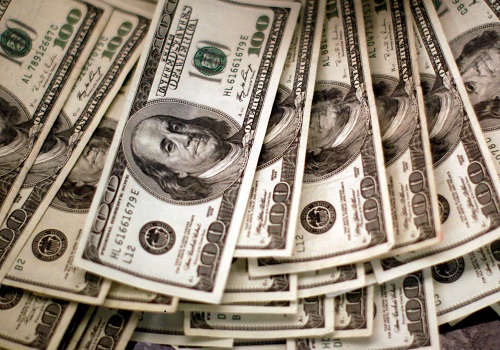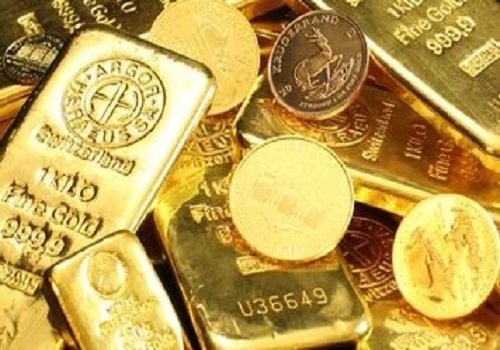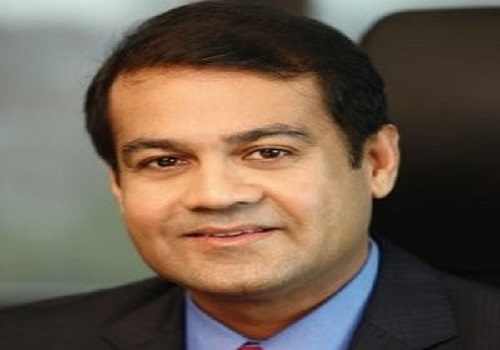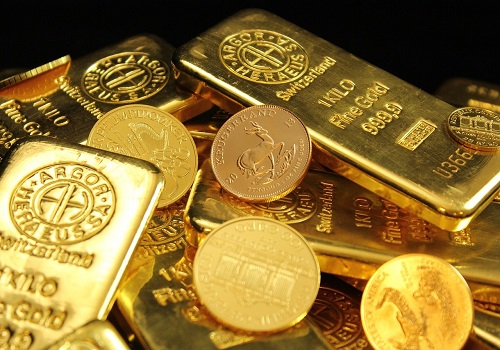Monthly Gold Outlook For July-2023 By Chirag Mehta, CIO & Ghazal Jain, Fund Manager, Quantum AMC

Follow us Now on Telegram ! Get daily 10 - 12 important updates on Business, Finance and Investment. Join our Telegram Channel
Below Gold Outlook For July-2023 By Chirag Mehta, CIO & Ghazal Jain, Fund Manager, Quantum AMC
Gold Outlook: July 2023
UPDATE
With a US default averted for the time being, financial markets started June with optimism only to be rudely shocked by hawkish central bank surprises. The Reserve Bank of Australia and the Bank of Canada restarted hiking rates after pausing briefly. Bank of England turned aggressive again and increased its benchmark rate by 50 basis points after 2 consecutive 25 basis point hikes in March and May. The European central bank raised rates by 25 basis points to a 22-year high and signalled more hikes to come. The Federal Reserve, as widely expected, decided to pause after 10 consecutive rate hikes, only to signal 50 basis points more of rate hikes in 2023 as it revised its inflation and growth projection upwards, and its forecast for unemployment rate downwards. The message is loud and clear: global central banks’, and more importantly the Fed’s battle against inflation is far from over.
Headline inflation tapering while core looks sticky
On the other hand, nominal gauges of inflation showed signs of improvement. The US consumer price index for May increased by 4.0% on an annual basis, down from 4.9% in April, according to data from the Bureau of Labor Statistics. This was the slowest rate of price increase in two years. The prospect of more central bank action amid cooling inflation, put gold on the back foot as real yields in the US climbed up 20 basis points from 1.45% levels to 1.65% in June. Also weighing on gold was the fact that CPI remains double the Fed’s target and core prices, which strip out more volatile items like food and energy, look sticky rising by 5.3% annually in May, the 18 th consecutive month above 5% levels.
Conflicting trends in employment and growth
Employment data also painted a mixed picture with the US economy adding 339,000 jobs in May, well above market estimates. April’s figure of 253,000 was also revised higher to 294,000 jobs. In contrast, US Average Hourly Earnings slowed to 4.3% annually compared to 4.4% in April and US unemployment rate moved up to 3.7% from 3.4% in the previous month.
The US consumer continued to show resilience with consumer confidence, new home sales, and retail sales all up. On the other hand, preliminary US PMI data for June showed a deepening of contraction in the manufacturing sector and slowing of expansion in services sector.
Gold continues to correct
The yellow metal was rangebound for most of June with mixed signals from the Fed and the US economy. But stubborn core inflation and a hawkish Fed resulted in markets completely writing off any rate cuts by the central bank this year leading to gold ending the month 2.8% lower at $1903.5 per ounce. Outlook for higher for longer rates bolstered US Treasury yields and the US Dollar, putting downward pressure on gold. The Indian Rupee appreciated by 0.8% and domestic gold prices closed June 3% lower.
OUTLOOK
Markets have been quick to reprice the expected interest rate trajectory, moving from rate cuts to further rate hikes this year. Markets are currently priced for the Fed to raise rates by a final 25 basis points in July and stop afterwards before an expected quarter-point cut in the second quarter of 2024. This divergence between market expectations and Fed guidance is on account of uncertainty about a) the inflation trajectory and b) the Fed’s priorities i.e., how willing it is to sacrifice growth to tame that inflation.
The inflation outlook is clouded. Strong labour markets, El Nino’s impact on weather and entrenched inflation in services continue to put upward pressure on prices. Higher borrowing costs, lower commodity prices, a global slowdown and high base effects are weighing on prices. One thing is clear though - inflation is proving far more stubborn than many central bankers and investors had believed it could.
With respect to what extent the Fed is willing to go, bond markets seem convinced that the Fed will hurt growth in its quest to quell inflation. Foretelling recession, the gap between US 2-year and US 10-year Treasury yields continues to be negative for the 12 th consecutive month now. The US yield curve inverted by a full percentage point in June. In contrast, equity markets seem to think the economic headroom available for Fed to tighten is limited. Stocks haven’t faltered despite the Fed’s hawkish warnings possibly because they expect the central bank to pivot to prioritize growth over inflation at first signs of a growth scare.
On his part, Chair Powell did admit that the effects of cumulative tightening are yet to show up yet insisted on further tightening. It’s becoming clear that the Fed will not be satisfied till inflation is brought down to its target and is prepared for below-trend growth to achieve that. As such, the Fed is unlikely to back down on its rate hikes and likely to deliver further hawkish surprises in the near term which will test the buoyancy of risk assets. Investors should brace for volatility and probably some downside in gold prices too as opportunity costs of holding the metal go up, though stagflationary conditions, geopolitical tensions and central bank buying will prevent any sharp downside. Investors can buy gold on dips or systematically with SIPs to take advantage of lower prices.
Over the medium term, if the Fed stays true to its word, which it will to avoid inflation expectations from spiraling out of control as well as to avoid further hurting its credibility, the Fed is likely to overdo the rate hikes. This means we are staring at a growth setback. Given the current resilience of the economy, this prospective slowdown could get pushed down but is unlikely to be eliminated. Other vulnerabilities which could threaten economic stability also continue to build up. Interest costs at US companies rose by 22% in the first quarter compared to a year earlier, according to a recent survey of about 1,700 businesses by Calcbench Inc., a data provider. Deutsche Bank’s 25th annual Default Report sees the default rate on US junk debt spiking to a peak of 9% of issuance by the end of 2024 compared to 1.3% in 2022. According to the Federal Reserve Bank of New York, US consumers now owe a record $988B on their credit cards, up 17% from a year earlier. Given the relentless rise in interest rates, banks remain a key point of vulnerability. A deterioration in economic conditions as a result of higher for longer rates could make gold attractive
again.
Investors can prepare for this last stretch of monetary tightening which is likely to be full of ups and downs by having a 15-20% exposure to portfolio diversifiers like gold. Gold may continue its correction and consolidation for some more time until the hawkish posturing remains in place, providing investors a window of opportunity to use the correction to build their allocation.
Depending on the magnitude of the economic pain, the Fed will either opt for an extended pause or a rate cut. While a pause won’t necessarily drive gold higher, it will keep prices well supported as markets price in the next (dovish) leg of Fed policy. While the Fed puts forward the necessity and might to fight inflation, any U-turn induced by a panic in financial markets, could be extremely bullish for gold. A rate cut should result in a structural upswing in gold prices over the medium to long term as interest rates and the US dollar take a step back.
Above views are of the author and not of the website kindly read disclaimer




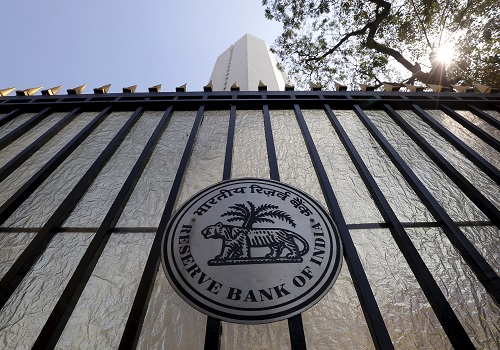

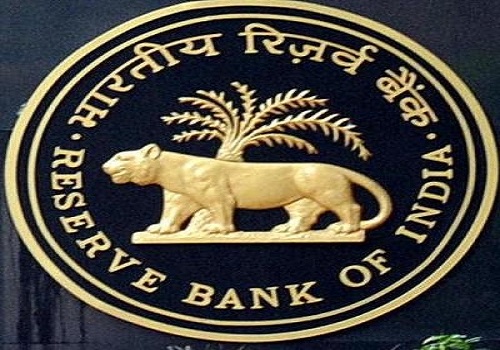

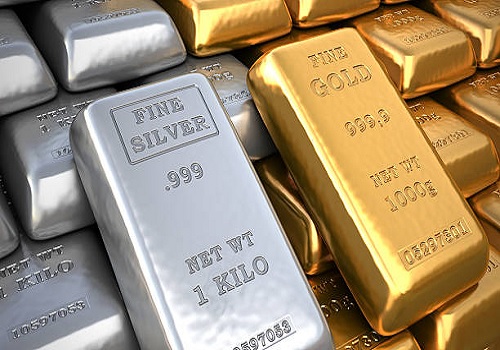



 320-x-100_uti_gold.jpg" alt="Advertisement">
320-x-100_uti_gold.jpg" alt="Advertisement">

